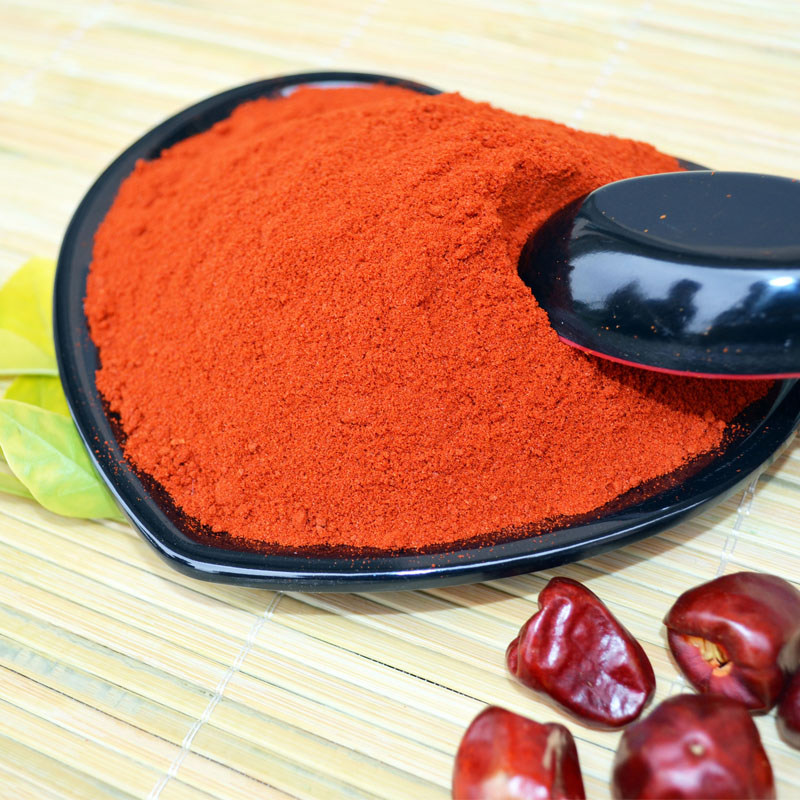- No. 268 Xianghe Street, Economic Development Zone of Xingtai city, Hebei 054001 China
- Byron@hbhongri.cn
varieties of paprika
The Varieties of Paprika A Flavorful Journey
Paprika, a vibrant red spice made from ground sweet and hot peppers, is a staple in many kitchens around the world. Its origins trace back to Central America, where the indigenous peoples first domesticated pepper plants. Today, Hungary and Spain are considered the two primary producers of paprika, each offering distinct varieties that greatly influence culinary traditions. This article explores the fascinating world of paprika varieties, showcasing their unique characteristics, flavors, and uses.
1. Hungarian Paprika
Hungarian paprika is perhaps the most famous of all paprika varieties. It can be found in a range of heat levels, from sweet to hot, and comes in several categories.
- Sweet Paprika (Édesnemes) This variety is known for its rich color and mild flavor. It adds a beautiful hue to dishes without overwhelming heat. Sweet paprika is essential in traditional Hungarian goulash, soups, and stews.
- Hot Paprika (Erős) For those who crave a little more heat, hot paprika delivers a spicy kick. It is often used in meat dishes and can elevate the flavor profile of many recipes.
- Smoked Paprika (Füstölt) Originating from the Szeged region, smoked paprika is created by drying peppers over an open flame. This variety combines sweetness with a rich, smoky flavor, making it a perfect addition to barbecue sauces, marinades, and paellas.
- Specialty Varieties Within Hungarian paprika, there are also specialty types such as Noble Sweet, which is a popular choice among chefs for its balanced flavor and aroma
.2. Spanish Paprika
varieties of paprika

Spain produces its own distinctive paprikas, with differing uses and flavor profiles that reflect regional culinary practices.
- Pimentón de la Vera This smoked paprika is made from peppers that have been air-dried over oak fires. It comes in three varieties dulce (sweet), agridulce (bittersweet), and picante (hot). Pimentón de la Vera is a fundamental ingredient in Spanish dishes such as chorizo, paella, and various tapas.
- Pimentón de Murcia Known for its sweet and fruity flavor, this paprika is made from a specific pepper known as pimiento. It is often used in salads, stews, and other Mediterranean dishes, adding both color and flavor.
3. Other Varieties Around the World
While Hungarian and Spanish paprikas dominate the market, other countries also produce unique versions. In the Middle East, for example, paprika is often used in spice blends, enhancing the flavors of dishes such as hummus and kebabs. In North Africa, it plays a crucial role in tagines and harissa, a spicy chili paste.
4. Culinary Uses and Pairing Suggestions
Paprika is incredibly versatile and can be used in various dishes beyond traditional recipes. It serves as a seasoning for meat, poultry, and seafood, while also enhancing the flavor of vegetables and grains. Moreover, it can be mixed into sauces, dips, and dressings for added depth. When pairing paprika, consider the heat level and the dish's overall flavor profile. Sweet paprika complements creamy dishes, while hot varieties can elevate rich meats or tomato sauces.
Conclusion
The diversity of paprika varieties offers endless possibilities for cooks and food enthusiasts alike. From the sweet and aromatic Hungarian paprikas to the smoky and bold Spanish options, there's a type of paprika for every palate. Exploring these varieties not only enriches culinary creations but also provides a glimpse into the cultures and traditions that have celebrated paprika for centuries. Whether used as a seasoning, garnish, or main ingredient, paprika undoubtedly adds a splash of flavor and color to our plates.
-
Turmeric Rhizome Powder: A Golden Treasure from Roots to TableNewsJul.28,2025
-
The Versatile Application Of Crushed Red Hot Peppers: Lighting Up The Red Flames On The Dining TableNewsJul.28,2025
-
The Paprika: A Touch Of Vibrant Red In Color, Flavor, And CultureNewsJul.28,2025
-
Ground Turmeric: A Modern Examination of an Ancient SpiceNewsJul.28,2025
-
Capsicum Liquid Extract: Features, Applications, and ChallengesNewsJul.28,2025
-
Application of Capsicum Liquid Extract in FoodNewsJul.28,2025







